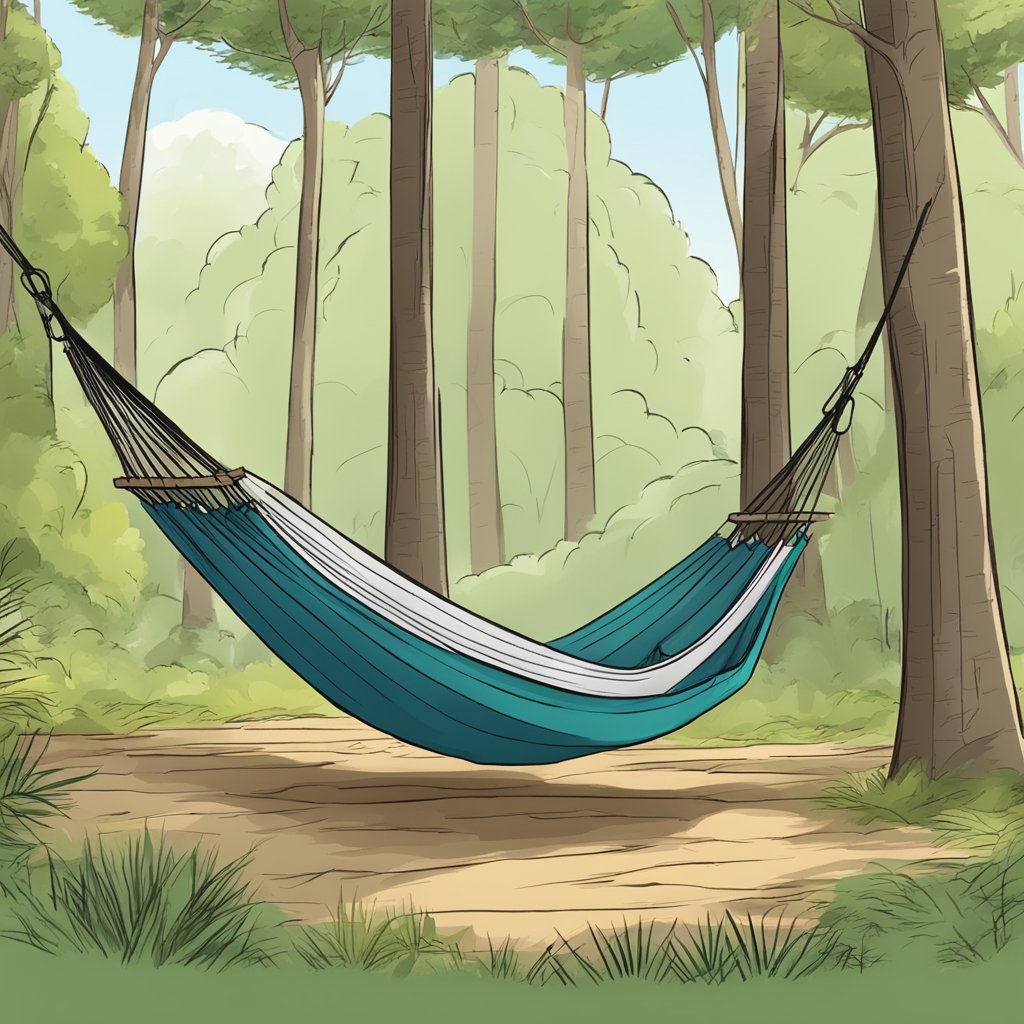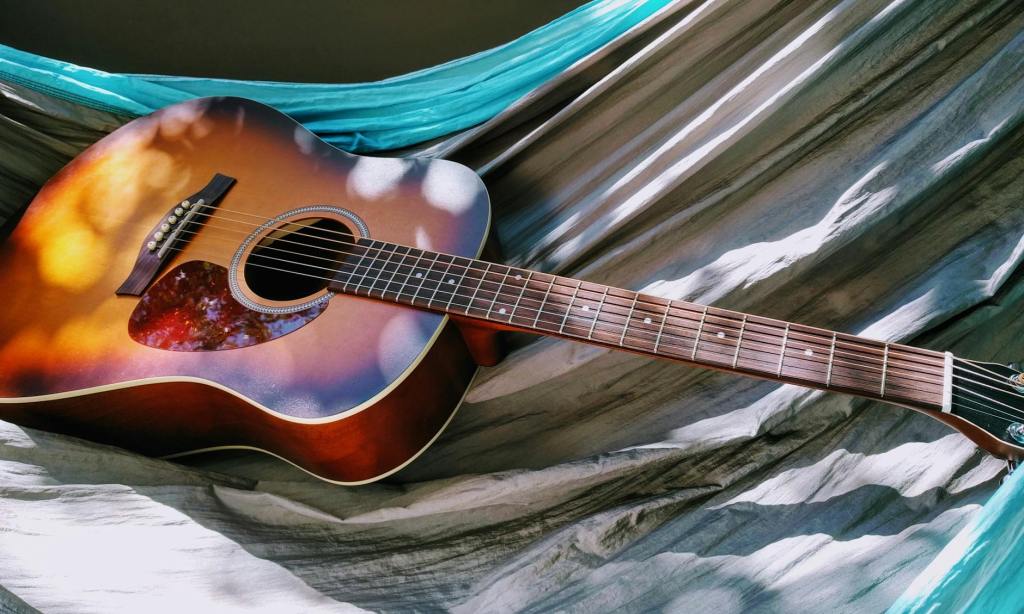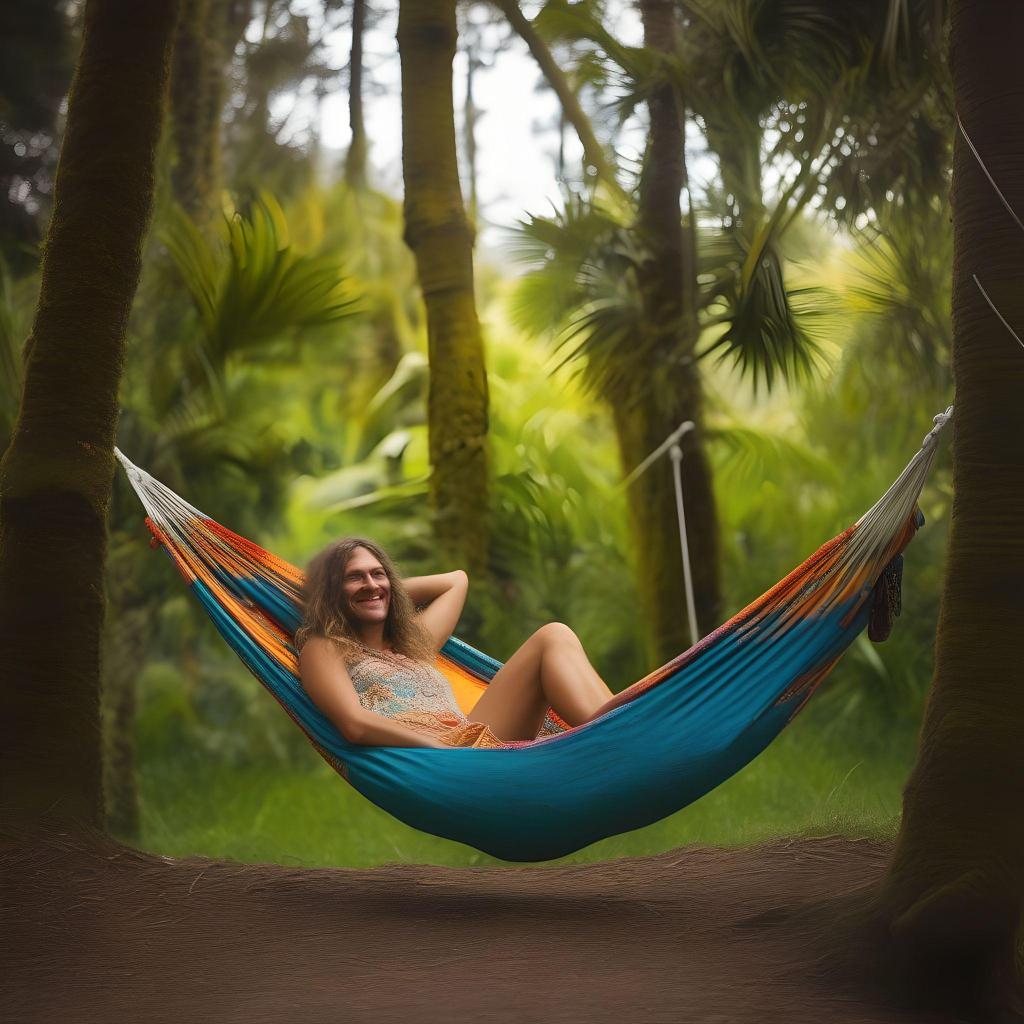Hammock camping is becoming increasingly popular among outdoor enthusiasts due to its comfort, versatility, and convenience. A good hammock can make all the difference in ensuring a comfortable and enjoyable camping experience. However, with so many options on the market, it can be overwhelming to choose the right one. This is where a gear guide hammock comes in handy.

A gear guide hammock is a comprehensive resource that provides information on the best hammocks for camping, hiking, and backpacking. It includes detailed reviews and comparisons of different hammocks, as well as tips and advice on how to choose the right one for your needs. Whether you’re a beginner or an experienced hammock camper, a gear guide hammock can help you make an informed decision and get the most out of your camping experience.
In this article, we will explore the benefits of hammock camping and why a gear guide hammock is a valuable resource for outdoor enthusiasts. We will also provide an overview of some of the best hammocks on the market and what to look for when choosing a hammock for your next camping trip. So, whether you’re planning a weekend getaway or a long backpacking adventure, read on to discover how a gear guide hammock can help you make the most of your hammock camping experience.
Choosing Your Hammock

When it comes to choosing a hammock, there are a few things to consider to ensure the best fit for your needs. Here are some key factors to keep in mind:
Material and Quality
The material and quality of your hammock will determine its durability, comfort, and weight. Look for hammocks made of high-quality, lightweight materials such as nylon or polyester. These materials are not only durable but also easy to clean and dry quickly.
Size and Weight Capacity
Size and weight capacity are important factors to consider when choosing a hammock. Make sure to choose a hammock that is long enough to accommodate your height comfortably. Additionally, consider the weight capacity of the hammock to ensure it can support your weight and any additional gear you may have.
Suspension Systems
The suspension system of your hammock is also an important factor to consider. There are several options available, including tree straps, daisy chain straps, and whoopie slings. Tree straps are a popular choice as they are easy to use and don’t damage trees. Daisy chain straps and whoopie slings are also great options that allow for easy adjustments and customization.
Overall, when choosing your hammock, it’s important to consider the material and quality, size and weight capacity, and suspension system to ensure you have a comfortable and reliable setup.
Setting Up Your Hammock

When it comes to setting up your hammock, there are a few key things to keep in mind. By following these simple steps, you can ensure that your hammock is set up safely and securely, and that you’ll be able to relax in comfort.
Finding the Perfect Location
The first step in setting up your hammock is to find the right location. Look for a spot that has two sturdy trees or anchor points that are the right distance apart (usually around 10-15 feet). You’ll also want to consider the view and the amount of space you have available.
Securing and Adjusting
Once you’ve found the perfect location, it’s time to secure your hammock. Start by attaching your tree straps or webbing to the anchor points, making sure that they are tight and secure. Then, attach your hammock to the straps using carabiners or other hardware. Adjust the height and tension of your hammock until it feels comfortable and secure.
Safety and Environmental Considerations
When setting up your hammock, it’s important to keep safety and environmental considerations in mind. Make sure that the trees or anchor points you’re using are sturdy and healthy, and avoid using branches or other unstable objects as anchor points. Be aware of your surroundings and any potential hazards, such as sharp rocks or steep drops.
In addition, it’s important to practice Leave No Trace principles when setting up your hammock. Avoid damaging trees or other vegetation, and pack out any trash or other items you bring with you.
By following these simple steps and keeping safety and environmental considerations in mind, you can set up your hammock with confidence and enjoy a relaxing and comfortable experience.
Protection from the Elements
When it comes to hammock camping, staying protected from the elements is crucial for a comfortable and safe night’s sleep. This section will cover the different ways to protect oneself from rain, wind, and cold.
Insulation and Warmth
One of the biggest challenges of hammock camping is staying warm in cold weather. Unlike a tent, a hammock offers little insulation from the ground, which can lead to “cold butt syndrome” – a term used to describe the feeling of cold air rushing underneath the hammock and chilling the occupant’s backside.
To combat this, hammock campers often use an underquilt or a sleeping pad. An underquilt is a specialized quilt that attaches to the bottom of the hammock and provides insulation from below. A sleeping pad can be placed inside the hammock to provide a barrier between the occupant and the cold air.
In addition to an underquilt or sleeping pad, a top quilt or sleeping bag can be used to provide warmth from above. It’s important to choose a sleeping bag or top quilt that is rated for the expected temperature range, as being too warm can be just as uncomfortable as being too cold.
Shelter and Weatherproofing
To stay dry during a rainstorm, a tarp or rainfly can be used to provide shelter over the hammock. A hammock tarp is specifically designed to fit over a hammock and provide protection from the rain. A general-purpose tarp can also be used, but it may require more setup time and may not fit as snugly over the hammock.
When choosing a tarp or rainfly, it’s important to consider the expected weather conditions. A larger tarp may be necessary for heavy rain or wind, while a smaller tarp may be suitable for light rain. It’s also important to ensure that the tarp is set up at the correct angle to prevent water from pooling on top.
Overall, staying protected from the elements is essential for a comfortable and safe hammock camping experience. By using the right gear and setting up a proper shelter, hammock campers can enjoy the great outdoors no matter the weather.
Accessories and Enhancements
Bug and Mosquito Protection
When it comes to camping in a hammock, one of the biggest concerns is protecting oneself from pesky bugs and mosquitoes. Luckily, there are a variety of bug and mosquito protection accessories that can be added to your hammock camping gear.
A hammock bug net is an essential accessory that can be easily attached to your hammock to keep bugs and mosquitoes away. These nets are typically made of lightweight and breathable material that allows for proper ventilation while keeping insects out.
Another option for bug protection is a mosquito net. These nets can be draped over the hammock to create a protective barrier. They are typically made of fine mesh material that allows for good airflow while keeping mosquitoes at bay.
Additional Comfort Items
For those who want to take their hammock camping experience to the next level, there are a variety of additional comfort items that can be added to your gear.
A pillow is a great addition to any hammock camping setup. It can provide extra support and comfort for your head and neck, making it easier to get a good night’s sleep.
Sleeping bags can also be used in conjunction with a hammock to provide extra warmth and comfort. When choosing a sleeping bag, it is important to consider the temperature rating and ensure that it is appropriate for the conditions you will be camping in.
Finally, it is important to consider your sleeping position when hammock camping. Some people prefer to sleep on their back, while others prefer to sleep on their side. There are a variety of hammock camping gear options available to accommodate different sleeping positions, including hammocks with built-in support for the back and neck.
Overall, adding accessories and enhancements to your hammock camping gear can greatly improve your overall camping experience. Whether you’re looking for bug protection or extra comfort, there are a variety of options available to suit your needs.


Leave a comment